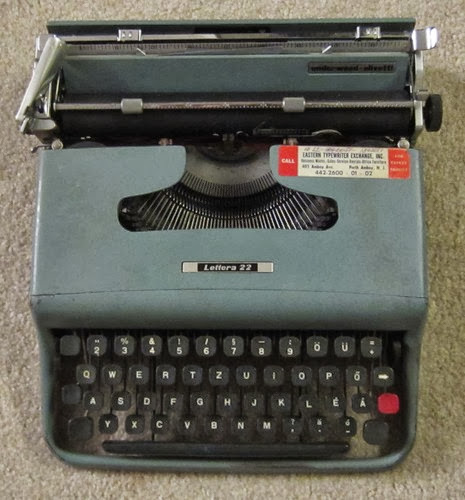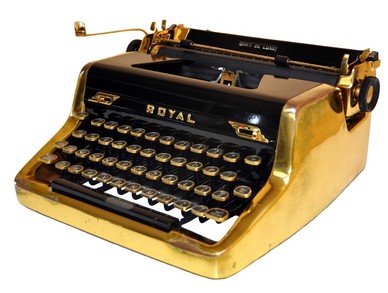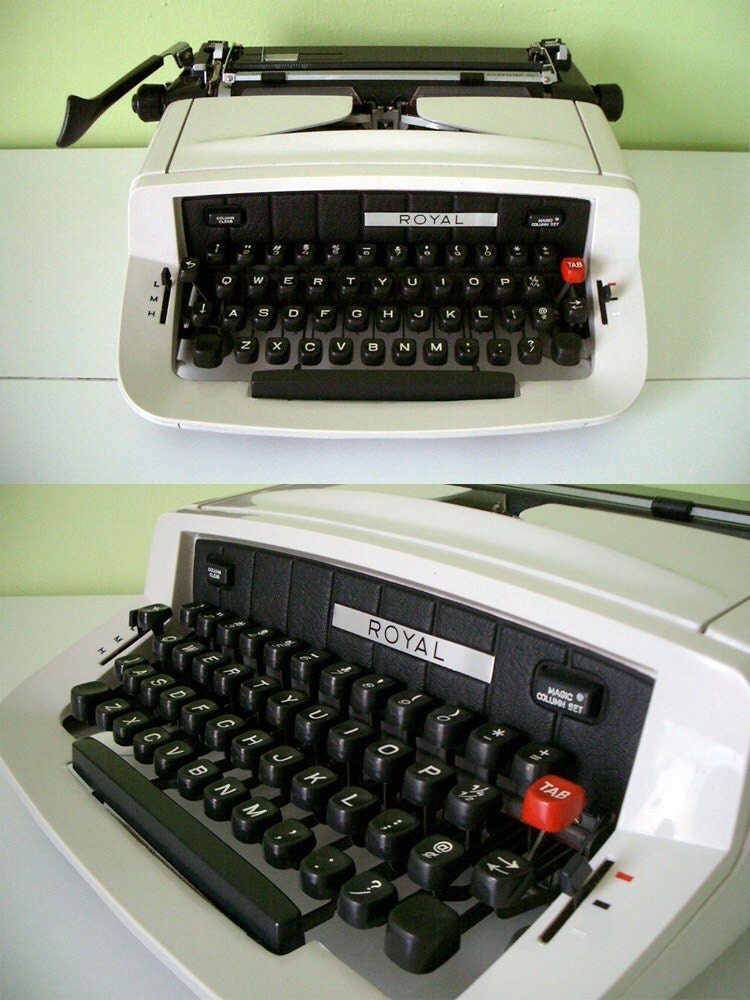In 1949, well-know industrial designer Marcello Nizzoli designed a new compact portable typewriter for Olivetti. Called the Lettera 22, it was very compact, weighing only eight pounds. Despite its compact size, it offered a keyset tabulator, and basket shift. The keyset tabulator was only found on office typewriters, and basket shift was uncommon in most European portable typewriters, let alone a compact portable. In addition to these features, the Lettera 22 offered automatic paragraph indentation (achieved by holding down the margin release key while returning the carriage).
The Lettera 22 was offered in many versions over the years, including many made for Sears, such as the Tower Chieftain, and the Sears Courier. By the time the Courier was introduced (1966) the Lettera 32 had replaced the Lettera 22 for most of its American and European markets. Production of the Lettera 22 moved to Mexico, where it continued until at least 1970. (The Lettera 32, introduced in 1964 continued until 1977 along with the Lettera 31/Dora.)
Early Lettera 22 typewriters are generally painted tan. The color falls between tan and light green. Those made after 1959 are generally painted light blue. Early Lettera 22's come in two tone brown cases, while later ones can be found in the later blue case (with a black stripe).
If you have an early Lettera 22 that was purchased in the Seattle area, the odds are very good that it was sold by The Typewriter Clinic. The Typewriter Clinic was the only Olivetti typewriter dealer from 1954-1959. (E.W. Hall sold Olivetti calculators in the early 1950s.)
 |
| The Typewriter Clinic, at 1912 Third Avenue. Both of these buildings were demolished in 1961 to make way for the Securities Building Garage. |
The second newspaper advertisement for the Olivetti Lettera 22 appeared in The New York Times on October 16, 1953:
Dealers in Montana began to carry it in 1954. Many of the first Olivetti dealers in the United States were in smaller towns and cities. The exception to this seems to be Washington State. The Typewriter Clinic began advertising the Olivetti Portable in November, 1953. There appear to be no Olivetti advertisements in the Spokane papers.














































